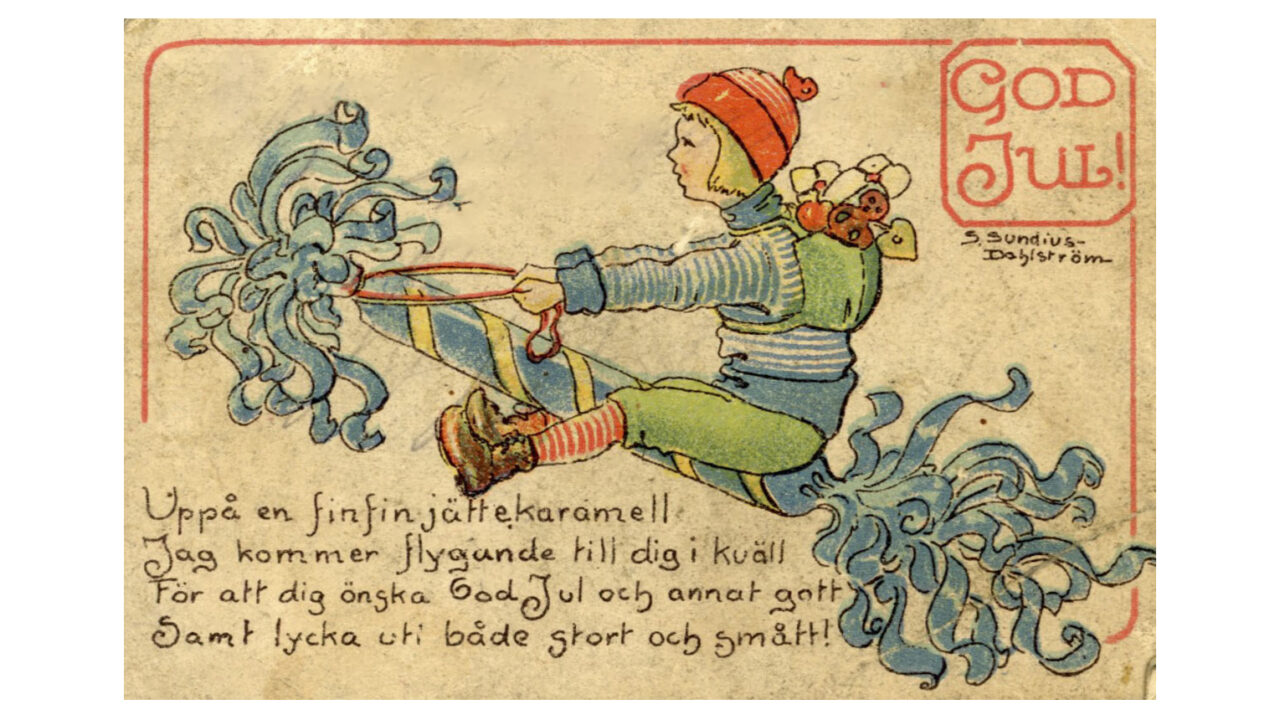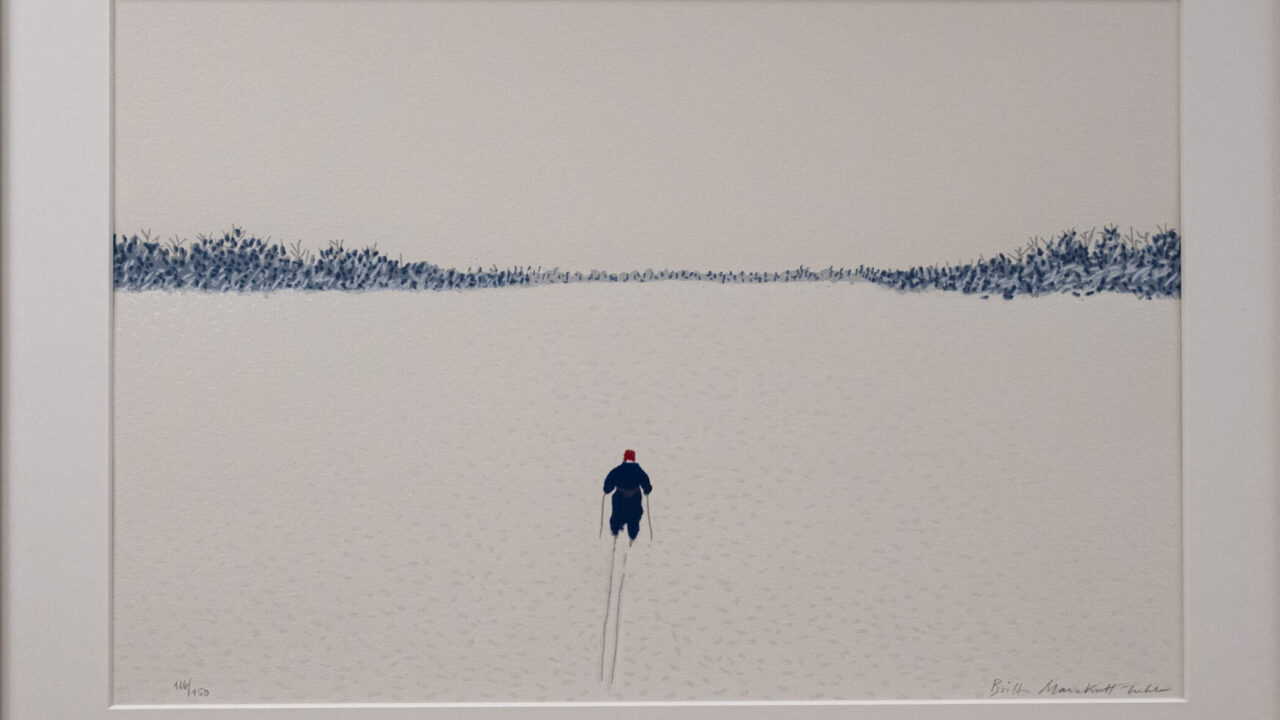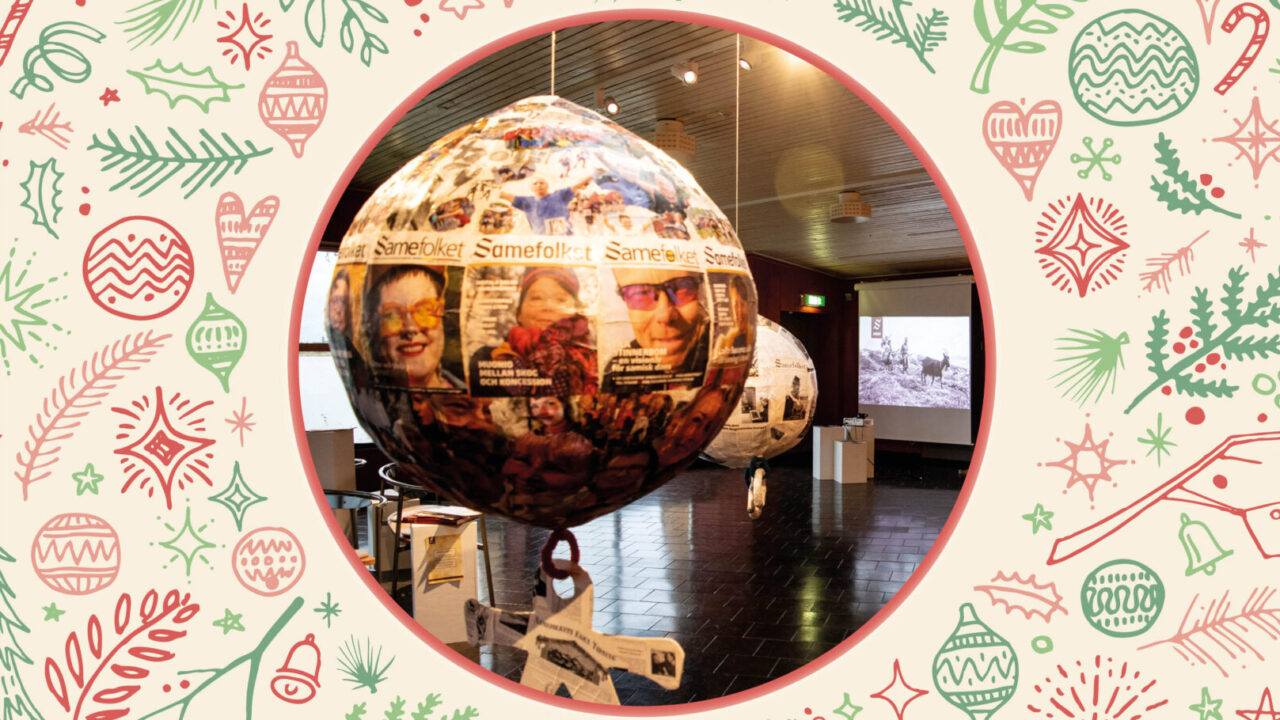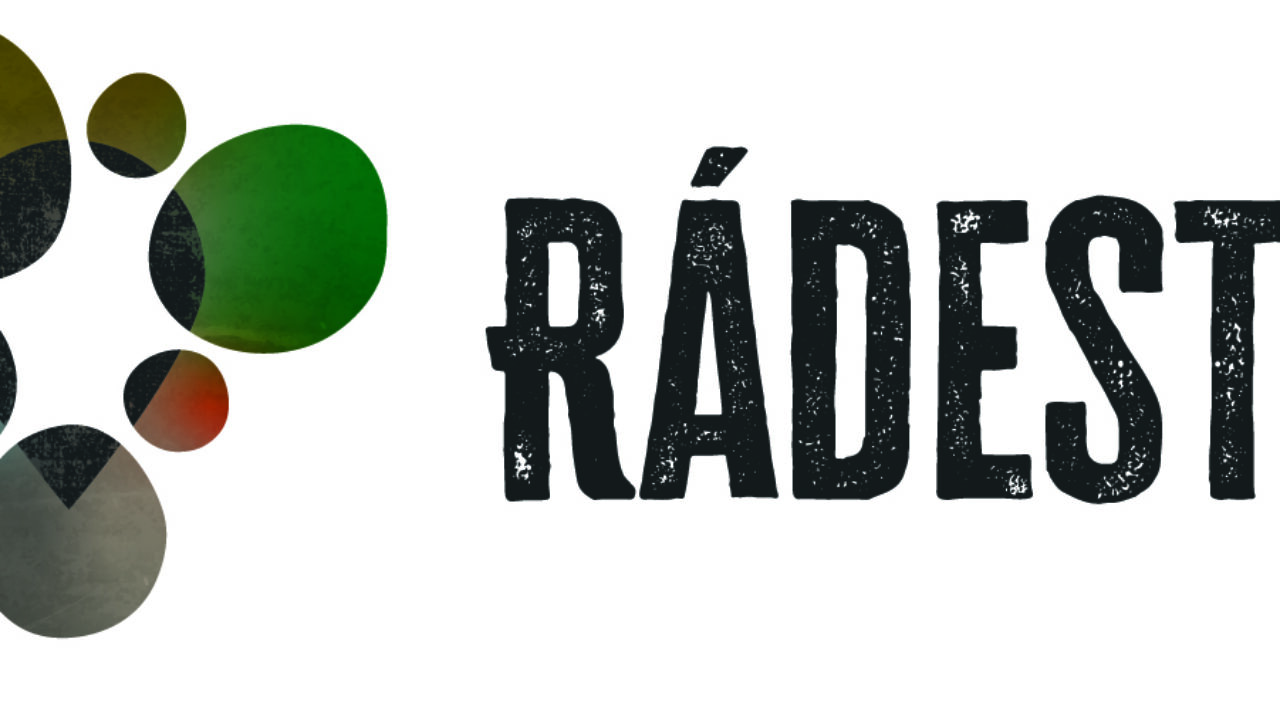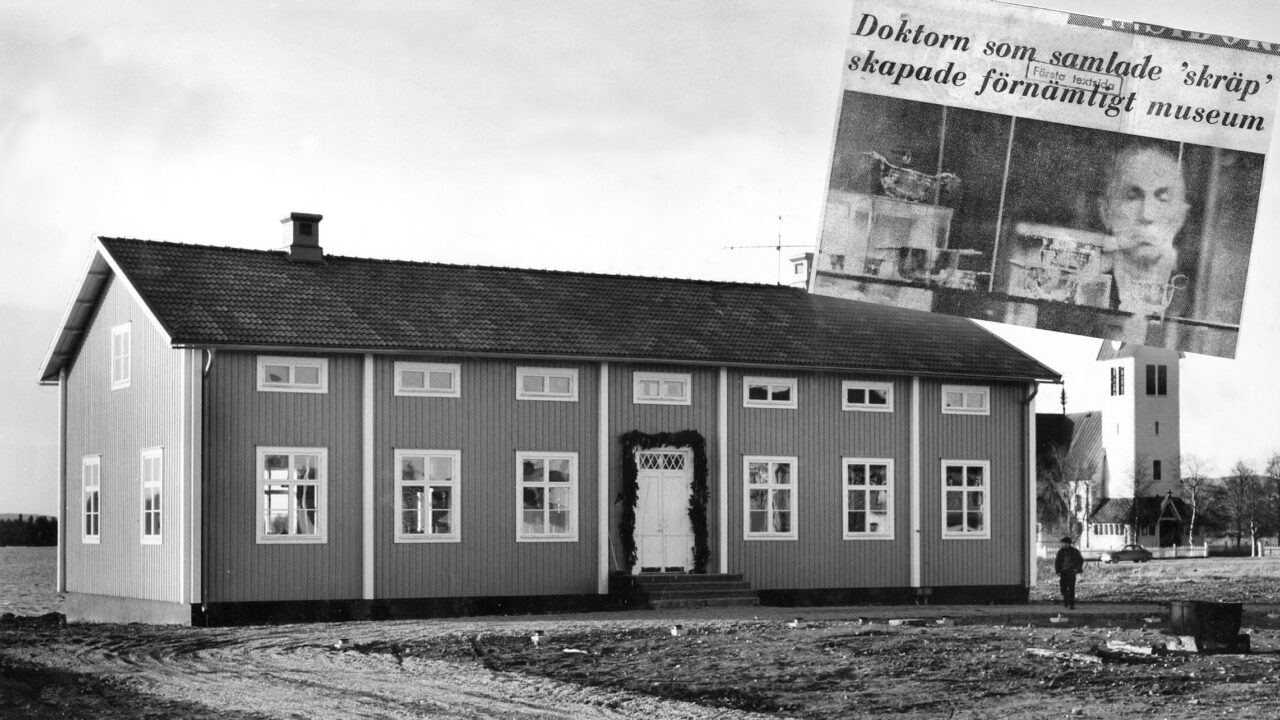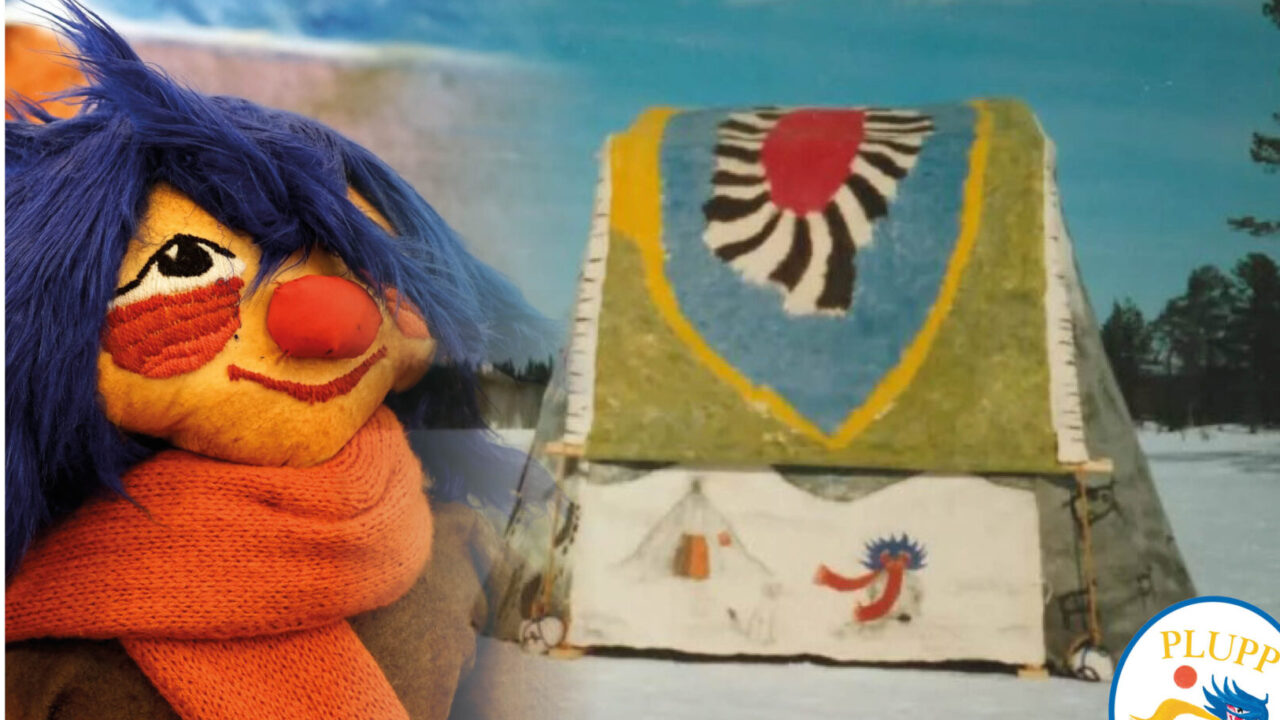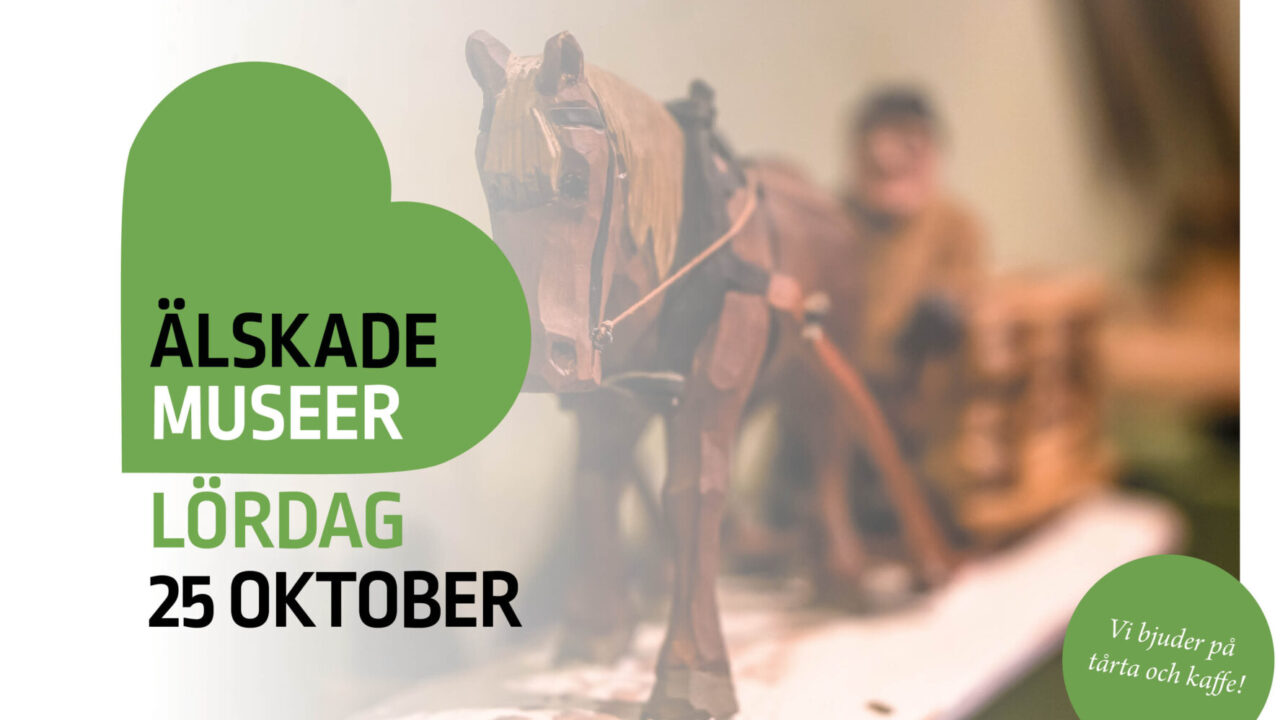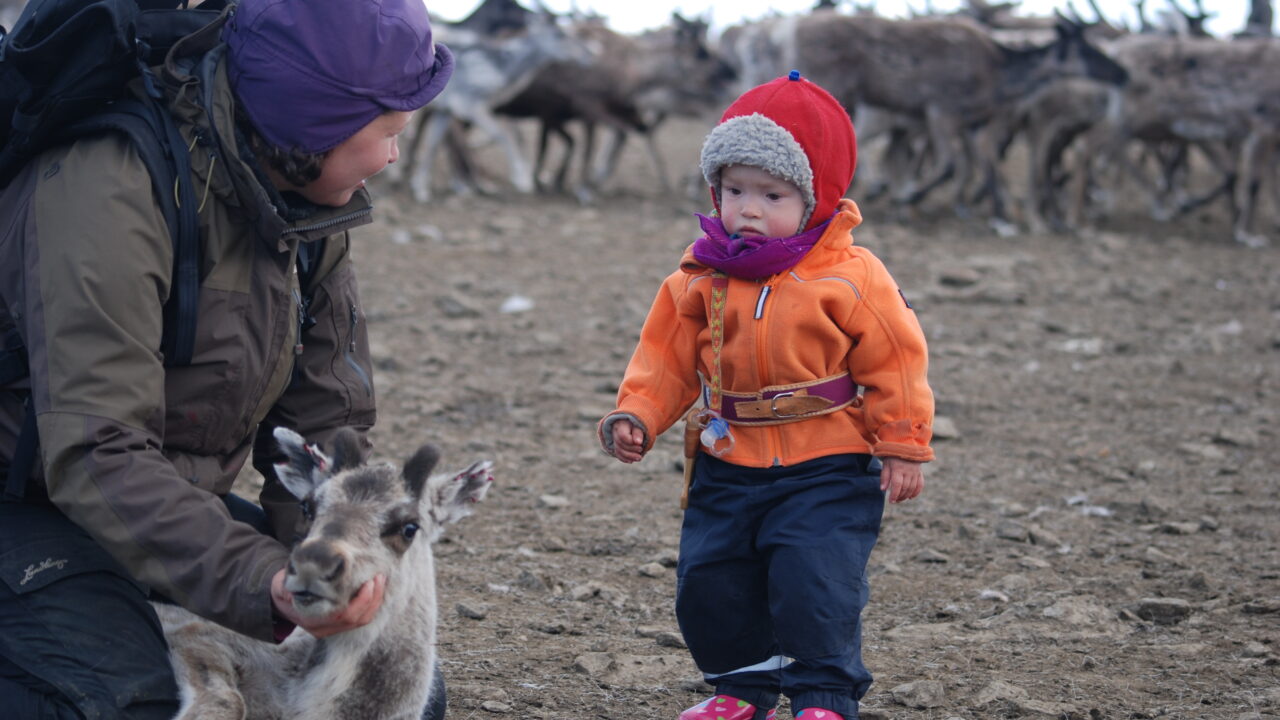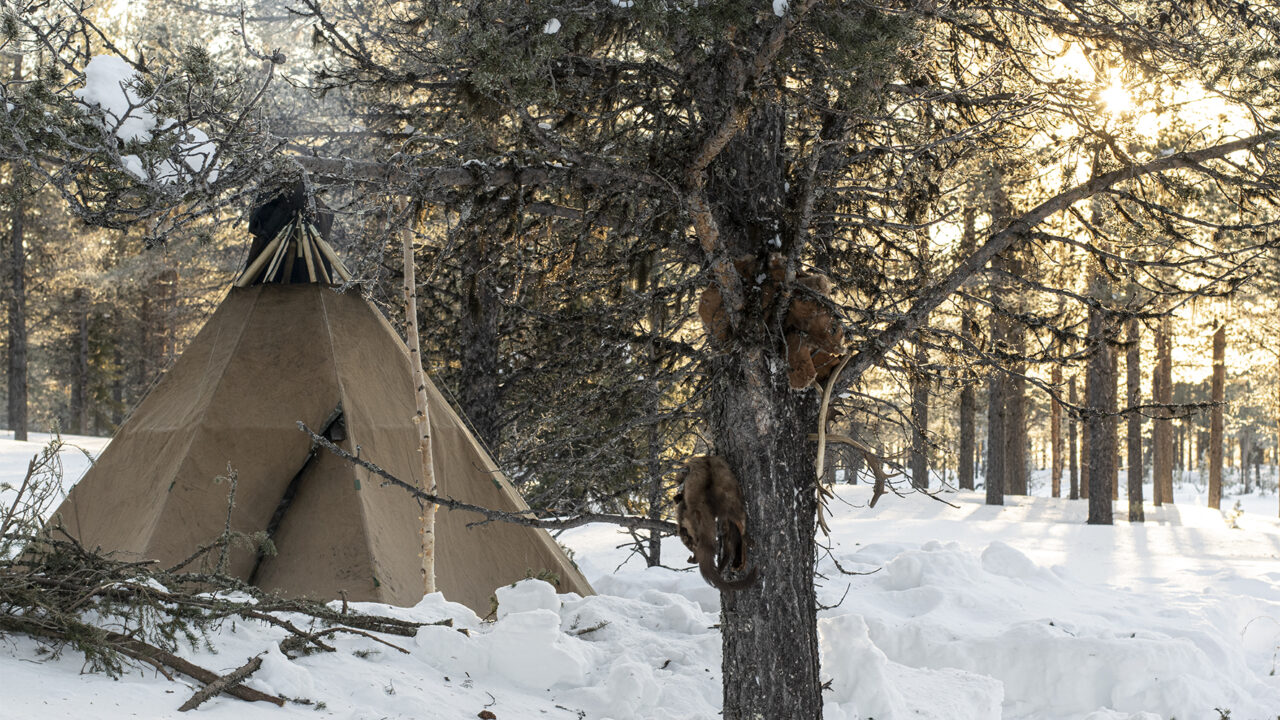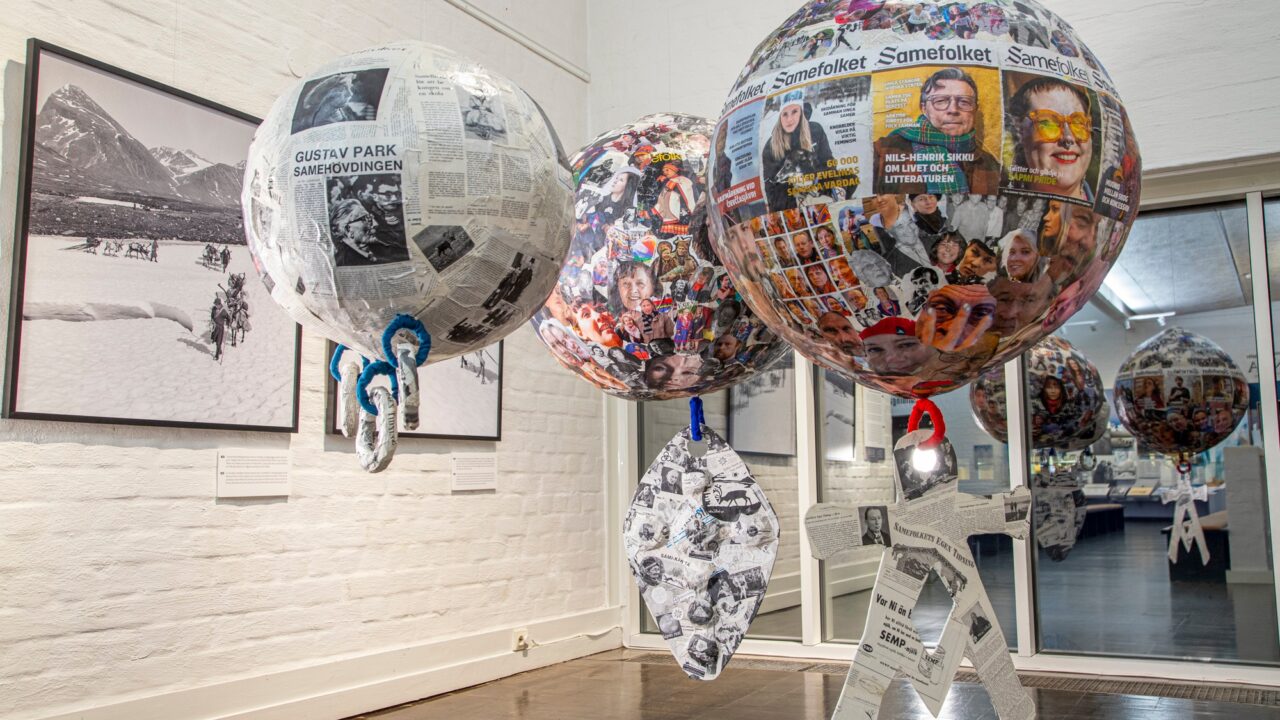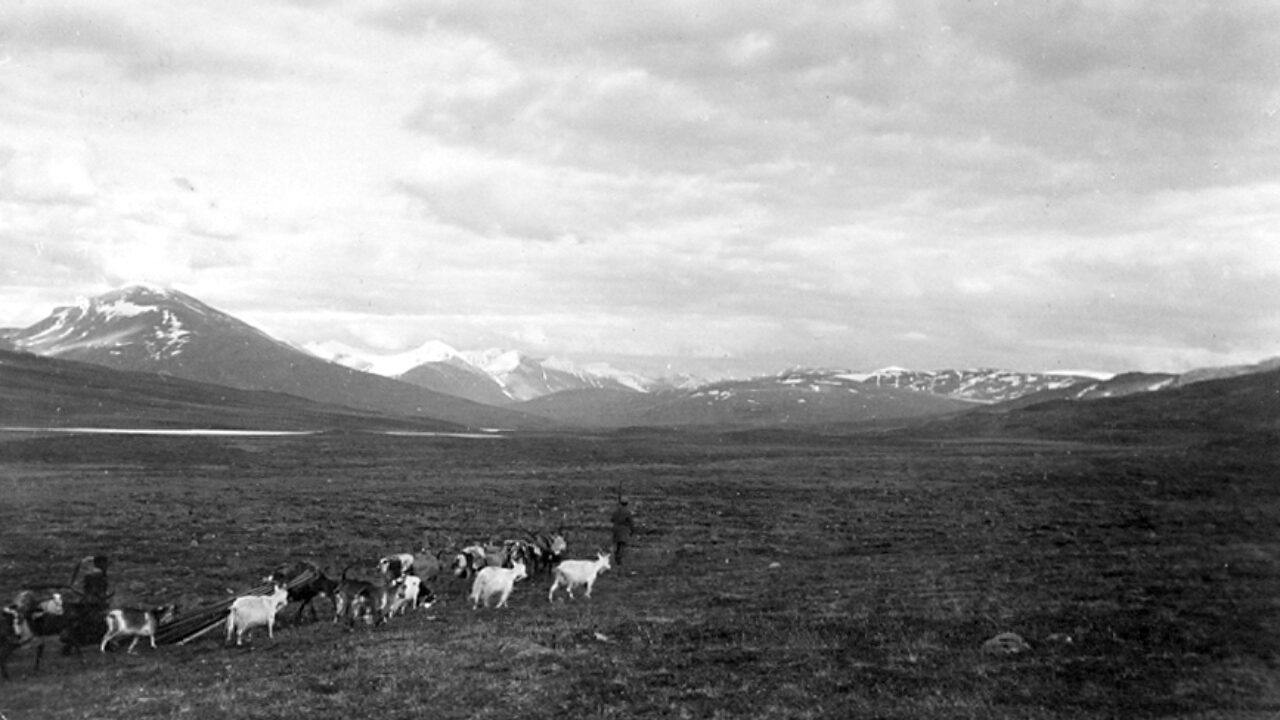School program on democracy
What's new

What was it like to live in Arjeplog before Sweden was a democratic country? And what has the road to democracy looked like from a local perspective? In the Silvermuseet's school program on democracy, students from the Silver School have become acquainted with various historical figures and events through the ages to ponder questions that do not always have obvious answers.
The first person students are introduced to is Lars Nilsson, who was sentenced to death for witchcraft at the end of the 17th century, a time when there was no religious freedom. The story of Lars Nilsson is special, but it raises the question of what Sweden was like before it was a democratic country and how this could affect individuals.
In the exhibition 'The Man's Room', students have explored who the rulers of the municipality were in the 19th century (the name of the exhibition gives a good clue!). Next, we visited the housewife Inga, who in the early 1900s struggles to look after the small farm and all the children when her husband is away for long periods working in the forest.
The story of Inga is fictional, but is based on information about what it was like to live as a woman in Arjeplog parish at that time. In Arjeplog there were neither proper roads nor any real medical care - making ends meet could be a major challenge. Images of the capital with large demonstrations and women's struggles were probably quite distant for women like Inga.
But times were about to change - thanks to the persistent work of the National Association for Women's Political Suffrage (LKPR), the 'Mass Petition for Women's Suffrage' was sent out across the country. The aim was to give every woman over the age of 18 the opportunity to sign for women's right to vote. The National Archives show that the lists also reached Arjeplog, and that there are signatures from Arjeplog women.
At the same time, the signatures show that not everyone who was entitled to sign did so - why was that? Perhaps the lists did not reach everyone in the parish? Perhaps the struggle for women's suffrage and the right to vote was seen as something distant, a subject that did not concern you? Perhaps they had enough to deal with in their everyday lives and thought that a signature would do nothing?
A letter from Elsa Laula Renberg, a Sami feminist, socialist and activist active in Västerbotten, was sent to Anna Lindhagen, active in the women's suffrage movement. Elsa writes about the petition among Sami women, that the lists came to them far too late. It concerns a different area than Arjeplog, but can it say anything about how it might have been here?
The last person in the school program we got to know is Stina who will start school in 1946. At that time, Sweden was a country with universal and equal suffrage, but what were children's rights like compared to today?
It has been extremely interesting to hear the students' thoughts and reasoning on the issues and the school program will remain in place after the end of the year.
Cover photo: ©Jerry MagnuM Porsbjer
Some of the sources used to create the school program are recommended for further reading:
The Silvermuseet:
Reply 2: Liedgren, Lars. 2015. Glimpses of the cultural history of Arjeplog
Demokrati100.se
Petition for voting rights now searchable: https://demokrati100.se/namninsamling-for-rostratt-nu-sokbar/
About democracy work and petitions in sparsely populated areas "Work until victory is won" The fight for women's right to vote in Dorotea. https://demokrati100.se/arbeta-tills-segern-ar-vunnen-kampen-for-kvinnlig-rostratt-i-dorotea/
The puzzling history of Sami suffrage https://demokrati100.se/samernas-forbryllande-rostrattshistoria/
Stockholmskällan.se
Elsa Laula writes about the petition for women's suffrage in 1907. https://stockholmskallan.stockholm.se/post/31991
Sverigesriksdag.se
The Swedish Parliament celebrates democracy https://firademokratin.riksdagen.se/
